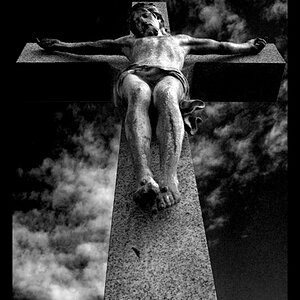gossamer
TPF Noob!
- Joined
- Dec 24, 2013
- Messages
- 234
- Reaction score
- 23
- Location
- New Jersey
- Can others edit my Photos
- Photos OK to edit
Hi, I was invited to be the photographer for an event involving some dignitaries here in NJ. It took place in a high school auditorium, similar to a movie theater, and with poor lighting. I have a D500 with an SB-700 and a 24-70mm 2.8E ED VR.
I'm interested in ideas on how to improve group photos such as the one below where the subjects were standing up against the stage. I was standing about ten feet back, a few rows into the auditorium. The first critique is obviously - I cut off the guy's foot on the left, and his ear is being lit slightly by the overhead projector.
I much prefer the upper-torso/bust shot to the full-length shot, but it's very difficult with the 24-70mm. Would the 14-24mm have been any better? Being back so far, I lose the personal details of each subject, unless I crop out the top and bottom of the picture, which then creates a horrible perspective.
You can also tell I'm shooting down on the group because of the incline of the auditorium itself. There really wasn't a better space available, and trying to corral a dozen people is difficult (for me?).
This was taken at f/2.8 1/160th at ISO 320 using flash at 28mm. Photoshop thought it needed +1.23 increase to be properly exposed. I'm always concerned about going any less than 1/160th, for fear of introducing motion blur, even with flash.
What do you call the current positioning of the subjects? I believe someone referred to it as racked, where one set is facing one way and the other set is facing the other way?
Please let me know if there's any other information I can provide. Would the original NEF or PSD or a larger JPG help?

I'm interested in ideas on how to improve group photos such as the one below where the subjects were standing up against the stage. I was standing about ten feet back, a few rows into the auditorium. The first critique is obviously - I cut off the guy's foot on the left, and his ear is being lit slightly by the overhead projector.
I much prefer the upper-torso/bust shot to the full-length shot, but it's very difficult with the 24-70mm. Would the 14-24mm have been any better? Being back so far, I lose the personal details of each subject, unless I crop out the top and bottom of the picture, which then creates a horrible perspective.
You can also tell I'm shooting down on the group because of the incline of the auditorium itself. There really wasn't a better space available, and trying to corral a dozen people is difficult (for me?).
This was taken at f/2.8 1/160th at ISO 320 using flash at 28mm. Photoshop thought it needed +1.23 increase to be properly exposed. I'm always concerned about going any less than 1/160th, for fear of introducing motion blur, even with flash.
What do you call the current positioning of the subjects? I believe someone referred to it as racked, where one set is facing one way and the other set is facing the other way?
Please let me know if there's any other information I can provide. Would the original NEF or PSD or a larger JPG help?



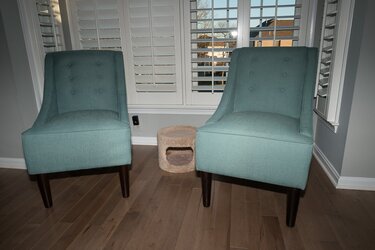
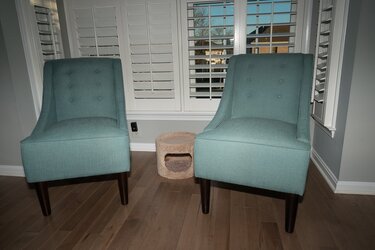

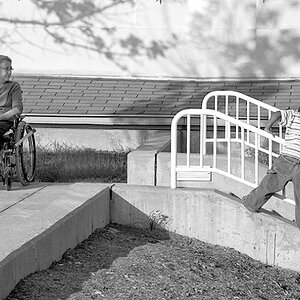
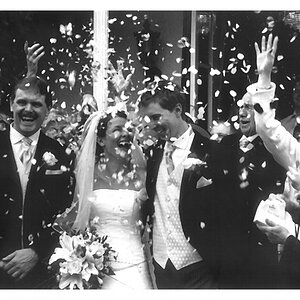

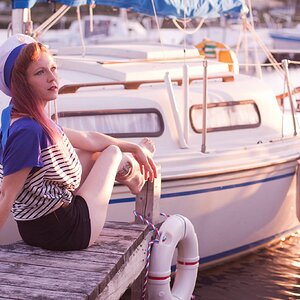
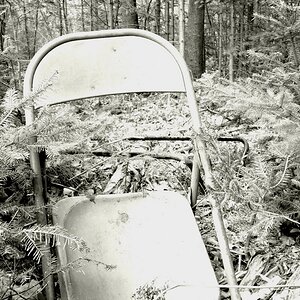
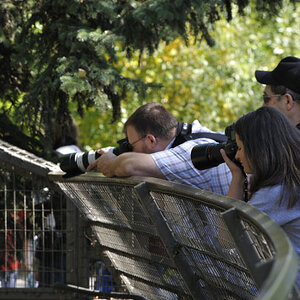
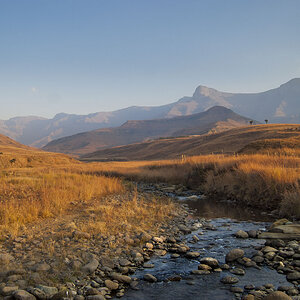
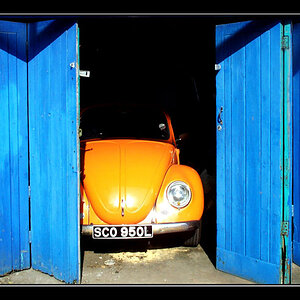

![[No title]](/data/xfmg/thumbnail/38/38750-dbafc867a1461ce200c2405640d537ec.jpg?1619738704)
